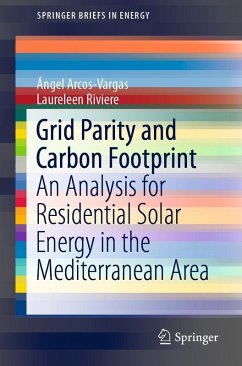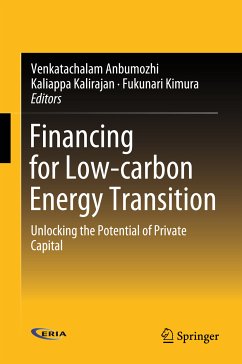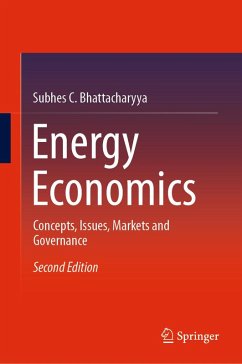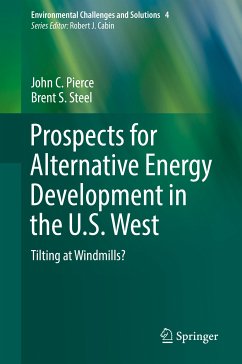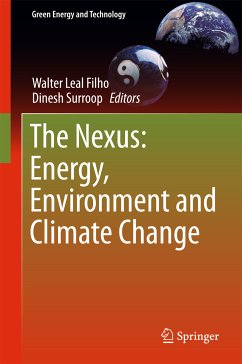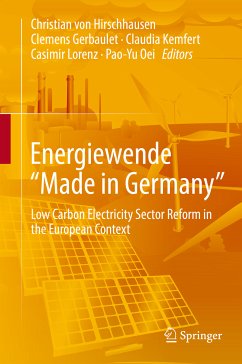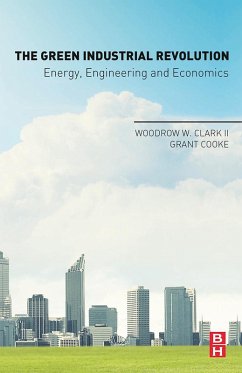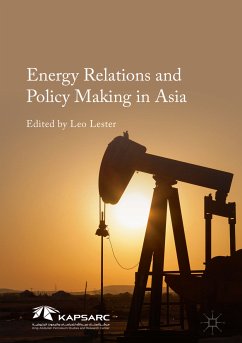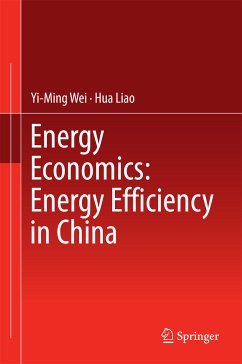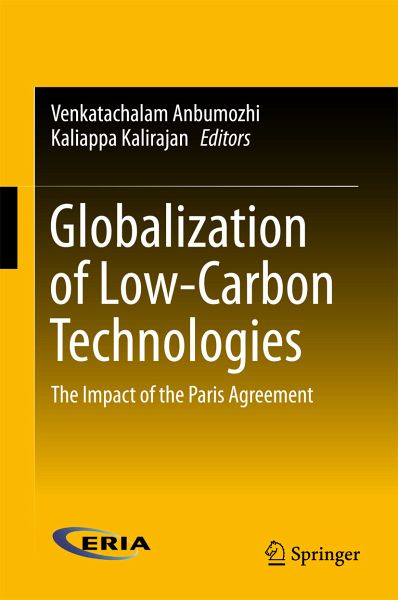
Globalization of Low-Carbon Technologies (eBook, PDF)
The Impact of the Paris Agreement
Redaktion: Anbumozhi, Venkatachalam; Kalirajan, Kaliappa
Versandkostenfrei!
Sofort per Download lieferbar
160,95 €
inkl. MwSt.
Weitere Ausgaben:

PAYBACK Punkte
80 °P sammeln!
Pioneers the exploration of Intended Nationally Determined Contributions (INDCs) in the context of low-carbon technologies
Provides pragmatic policy recommendations relevant for energy policymaking
Includes comprehensive analyses of available low-carbon technologies, implementation costs, and mechanisms for scaling up through regional cooperation
Dieser Download kann aus rechtlichen Gründen nur mit Rechnungsadresse in A, B, BG, CY, CZ, D, DK, EW, E, FIN, F, GR, HR, H, IRL, I, LT, L, LR, M, NL, PL, P, R, S, SLO, SK ausgeliefert werden.



